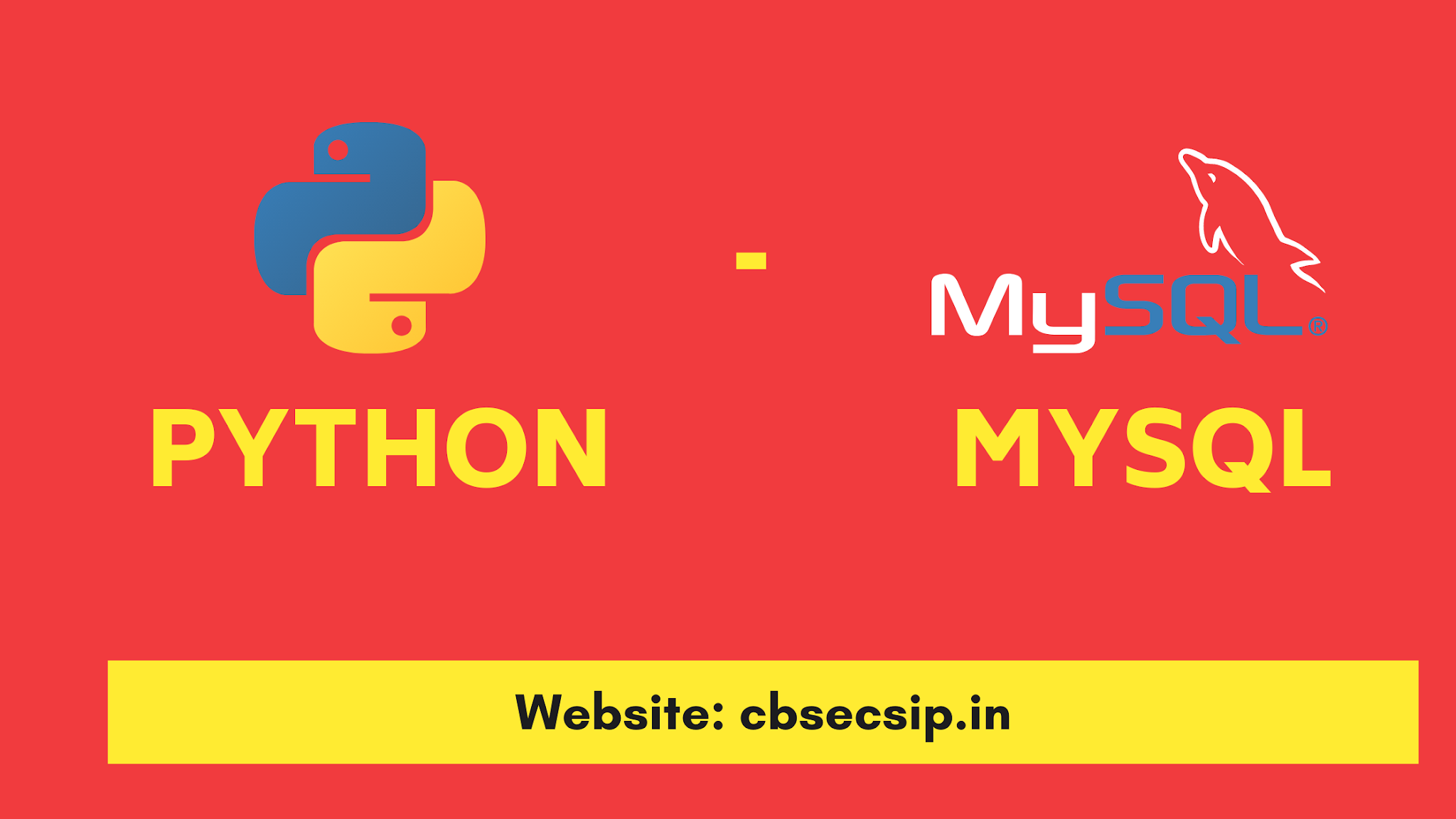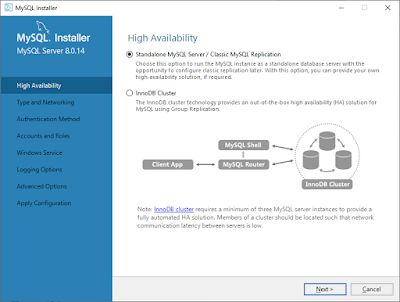MySQL provides different Mathematics functions to perform Math operations. In your syllabus we have to learn these three functions:
1. POWER ( ) or POW( )
The MySQL POWER function returns m raised to the nth power. (mn)
Ex:- 32 = 9
Syntax:
POWER( m, n ) OR POW( m, n)
Parameters or Arguments:
m: Numeric value. It is the base used in the calculation.
n: Numeric value. It is the exponent used in the calculation.
2. ROUND ( )
Returns a number rounded to a certain number of decimal places.
– Ex:- 12.265 rounded to 2 decimal points 12.27 .Syntax:
ROUND( number, [ decimal_places ] )
Parameters or Arguments:
number: The number to round.
decimal_places: The number of decimal places to round. This value must be a positive or negative integer. If this parameter is omitted, the ROUND function will round the number to 0 decimal places.
3. MOD ( )
Returns the remainder of n divided by m.
– Ex:- 5 % 2 = 1
Syntax:
MOD( n, m ) OR n MOD m OR n % m
Parameters or Arguments:
n: Number.
m: Devisor.



![[SOLVED] mysql.connector.errors.NotSupportedError while executing Python Program](https://1.bp.blogspot.com/-Ej9uZYm-ExM/XyfLUp_0RLI/AAAAAAAAr5c/38lmFoNTYbg27TQMARE_J2EywAqSScfYQCLcBGAsYHQ/s400/mysql%2Bconnector%2Berrors.png)




